



















- Slideshow 1
- Slideshow 2
- Slideshow 3
- Slideshow 4
- Slideshow 5
- Slideshow 6
- Slideshow 7
- Slideshow 8
- Slideshow 9
- Slideshow 10
- Slideshow 11
- Slideshow 12
- Slideshow 13
- Slideshow 14
- Slideshow 15
- Slideshow 16
- Slideshow 17
- Slideshow 18
Calligraphy, or the art of writing, was the visual art form prized above all others in traditional China. The genres of painting and calligraphy emerged simultaneously, sharing identical tools—namely, brush and ink. Yet calligraphy was revered as a fine art long before painting; indeed, it was not until the Song dynasty, when painting became closely allied with calligraphy in aim, form, and technique, that painting shed its status as mere craft and joined the higher ranks of the fine arts (1989.363.33; 1973.120.5).
Related
The elevated status of calligraphy reflects the importance of the word in China. This was a culture devoted to the power of the word. From the beginning, emperors asserted their authority for posterity as well as for the present by engraving their own pronouncements on mountain sides and on stone steles erected at outdoor sites. In pre-modern China, scholars, whose main currency was the written word, came to assume the dominant positions in government, society, and culture.
But in addition to the central role played by the written word in traditional Chinese culture, what makes the written language distinctive is its visual form. Learning how to read and write Chinese is difficult because there is no alphabet or phonetic system. Each written Chinese word is represented by its own unique symbol, a kind of abstract diagram known as a "character," and so each word must be learned separately through a laborious process of writing and rewriting the character till it has been memorized. To read a newspaper requires a knowledge of around 3,000 characters; a well-educated person is familiar with about 5,000 characters; a professor with perhaps 8,000. More than 50,000 characters exist in all, the great majority never to be used.
Yet the limitation of the written Chinese language is also its strength. Unlike written words formed from alphabets, Chinese characters convey more than phonetic sound or semantic meaning. Traditional writings about calligraphy suggest that written words play multiple roles: not only does a character denote specific meanings, but its very form should reveal itself to be a moral exemplar, as well as a manifestation of the energy of the human body and the vitality of nature itself.
Consider two Tang-dynasty texts that describe calligraphy in human terms, both physical and moral. Here, the properly written character assumes the identity of a Confucian sage, strong in backbone, but spare in flesh:
"[A written character should stand] balanced on all four sides . . Leaning or standing upright like a proper gentleman, the upper half [of the character] sits comfortably, while the bottom half supports it." (From an anonymous essay, Tang dynasty)
"Calligraphy by those good in brush strength has much bone; that by those not good in brush strength has much flesh. Calligraphy that has much bone but slight flesh is called sinew-writing; that with much flesh but slight bone is called ink-pig. Calligraphy with much strength and rich in sinew is of sagelike quality; that with neither strength nor sinew is sick. Every writer proceeds in accordance with the manifestation of his digestion and respiration of energy." (From Bizhentu, 7th century)
Other writings on calligraphy use nature metaphors to express the sense of wonder, the elemental power, conveyed by written words:
"[When viewing calligraphy,] I have seen the wonder of a drop of dew glistening from a dangling needle, a shower of rock hailing down in a raging thunder, a flock of geese gliding [in the sky], frantic beasts stampeding in terror, a phoenix dancing, a startled snake slithering away in fright. (Sun Guoting, 7th century)
A dragon leaping at the Gate of Heaven,
A tiger crouching at the Phoenix Tower.
(Description of the calligraphy of Wang Xizhi by Emperor Wu [r. 502-49])
And so, despite its abstract appearance, calligraphy is not an abstract form. Chinese characters are dynamic, closely bound to the forces of nature and the kinesthetic energies of the human body. But these energies are contained within a balanced framework—supported by a strong skeletal structure—whose equilibrium suggests moral rectitude, indeed, that of the writer himself.
How can a simple character convey all this? The use of brush and ink has much to do with it. The seeming simplicity of the tools is belied by the complexity of effects. A multiplicity of effect is produced in part by varying the consistency and amount of ink carried by the brush. Black ink is formed into solid sticks or cakes that are ground in water on a stone surface (1981.120.1a-c) to produce a liquid. The calligrapher can control the thickness of the ink by varying both the amount of water and the solid ink that is ground. Once he starts writing, by loading the brush sometimes with more ink, sometimes with less, by allowing the ink to almost run out before dipping the brush in the ink again, he creates characters that resemble a shower of rock here, the wonder of a drop of dew there.
The brush, above all, contributes to the myriad possibilities (1994.208). Unlike a rigid instrument such as a stylus or a ballpoint pen, a flexible hair brush allows not only for variations in the width of strokes, but, depending on whether one uses the tip or side of the brush, one can create either two-dimensional or three-dimensional effects. And depending on the speed with which one wields the brush and the amount of pressure exerted on the writing surface, one can create a great variety of effects: rapid strokes bring a leaping dragon to life; deliberate strokes convey the upright posture of a proper gentleman.
The brush becomes an extension of the writer's arm, indeed, his entire body. But the physical gestures produced by the wielding of the brush reveal much more than physical motion; they reveal much of the writer himself-his impulsiveness, restraint, elegance, rebelliousness (1989.363.17; 1989.363.12). Abstract as it appears, calligraphy more readily conveys emotion and something of the individual artist than all the other Chinese visual arts except for landscape painting, which became closely allied with calligraphy. It is no wonder that twentieth-century American Abstract Expressionists felt a kinship to Chinese calligraphers.
But expressive as calligraphy is, it is also an art of control. A counterbalance of order and dynamism is manifested in all aspects of Chinese writing. In traditional Chinese texts, words are arranged in vertical columns that are read from right to left. Traditional texts have no punctuation; nor are proper nouns visually distinguishable from other words. The orderly arrangement of characters is inherent in each individual character as well. One does not write characters in haphazard fashion: an established stroke order ensures that a character is written exactly the same way each time. This not only makes the formidable task of memorization easier, but ensures that each character will be written with a sense of balance and proportion, and that one is able to write with an uninterrupted flow and rhythm. The calligrapher and the dancer have much in common: each must learn choreographed movements; each must maintain compositional order. But once the rules have been observed, each may break free within certain boundaries to express a personal vitality.
The Chinese written language began to develop more than 3,000 years ago and eventually evolved into five basic script types, all of which are still in use today. The earliest writing took the form of pictograms and ideographs that were incised onto the surfaces of jades and oracle bones, or cast into the surface of ritual bronze vessels. Then, as the written language began to take standardized form, it evolved into "seal" script, so named because it remained the script type used on personal seals. By the later Han dynasty (2nd century A.D.), a new regularized form of script known as lishu or "clerical" script, used by government clerks, appeared. It was also in the Han that the flexible hair brush came into regular use, its supple tip producing effects, such as the final wavelike diagonal strokes of some characters, that were not attainable in incised characters. Increasingly cursive forms of writing, known as "running" script (xingshu) (1984.174) and "cursive" script (caoshu), also developed around this time, both as a natural evolution and a response to the aesthetic potential of brush and ink. In these scripts, individual characters are written in abbreviated form. At their most cursive, two or more characters may be linked together, written in a single flourish of the brush. As the individual brushstrokes of clerical script were inflected with the more fluid and asymmetrical features of cursive script, a final script type, known as "standard" script (kaishu), evolved. In this elegant form of writing, each brushstroke is clearly articulated through a complex series of brush movements. These kinaesthetic brushstrokes are then integrated into a dynamically balanced, self-contained whole.
Over the centuries, calligraphers were free to write in any of the five script styles, depending on the text's function. Beginning by emulating the styles of earlier masters, later writers sought to transform their models to achieve their own personal manner (2000.345.1,2). The calligraphic tradition remains alive today in the work of many contemporary Chinese artists.



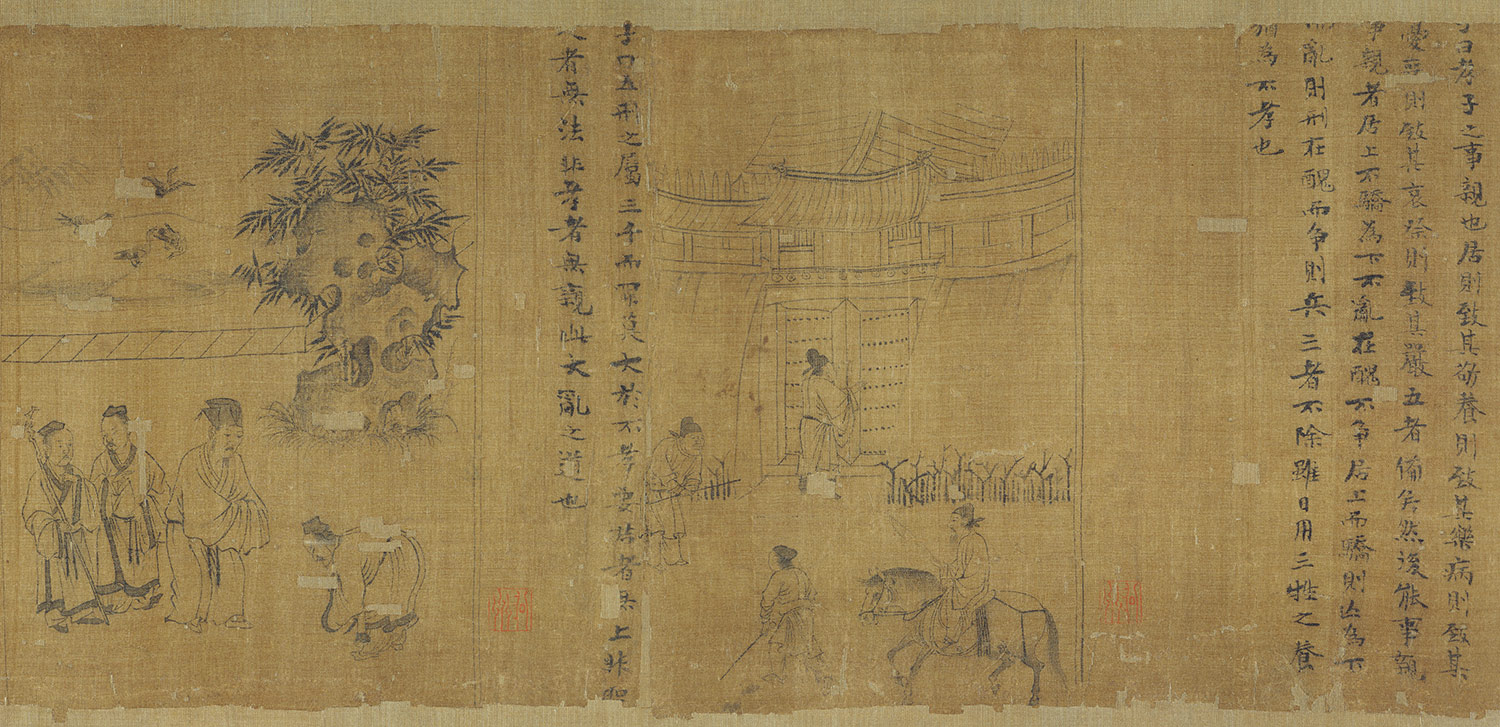
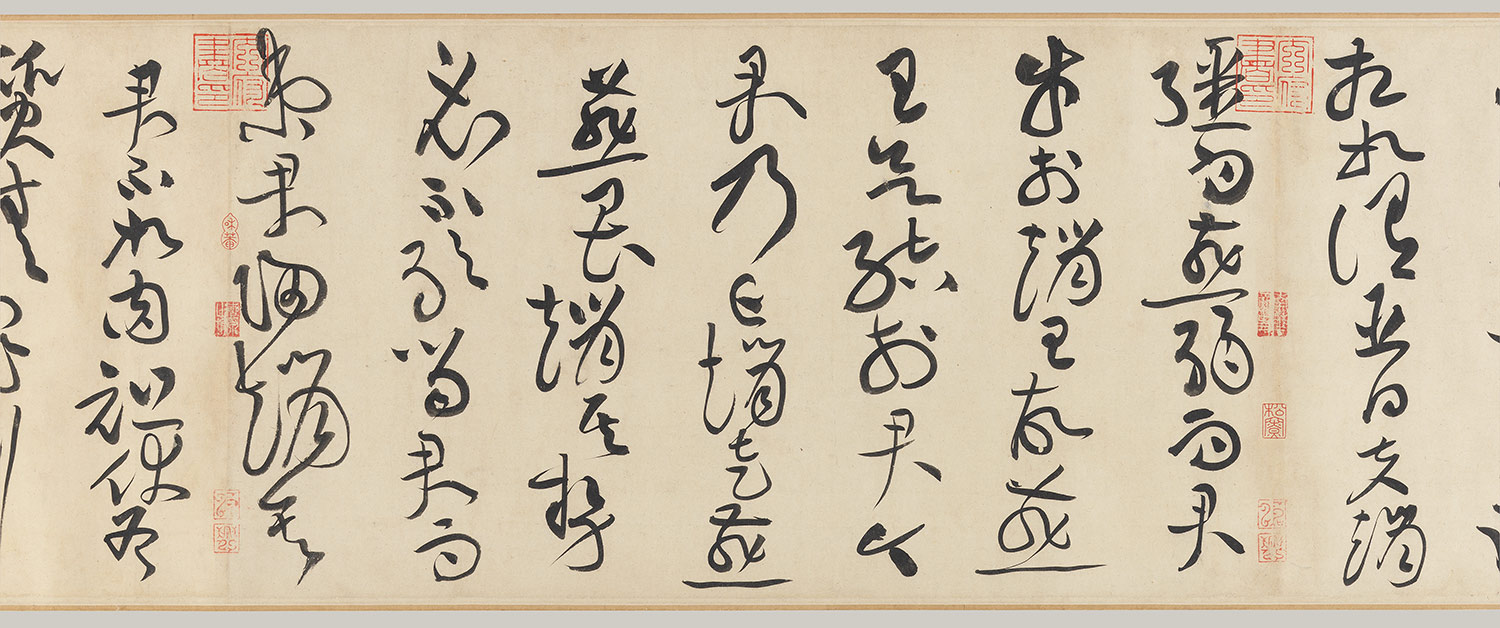

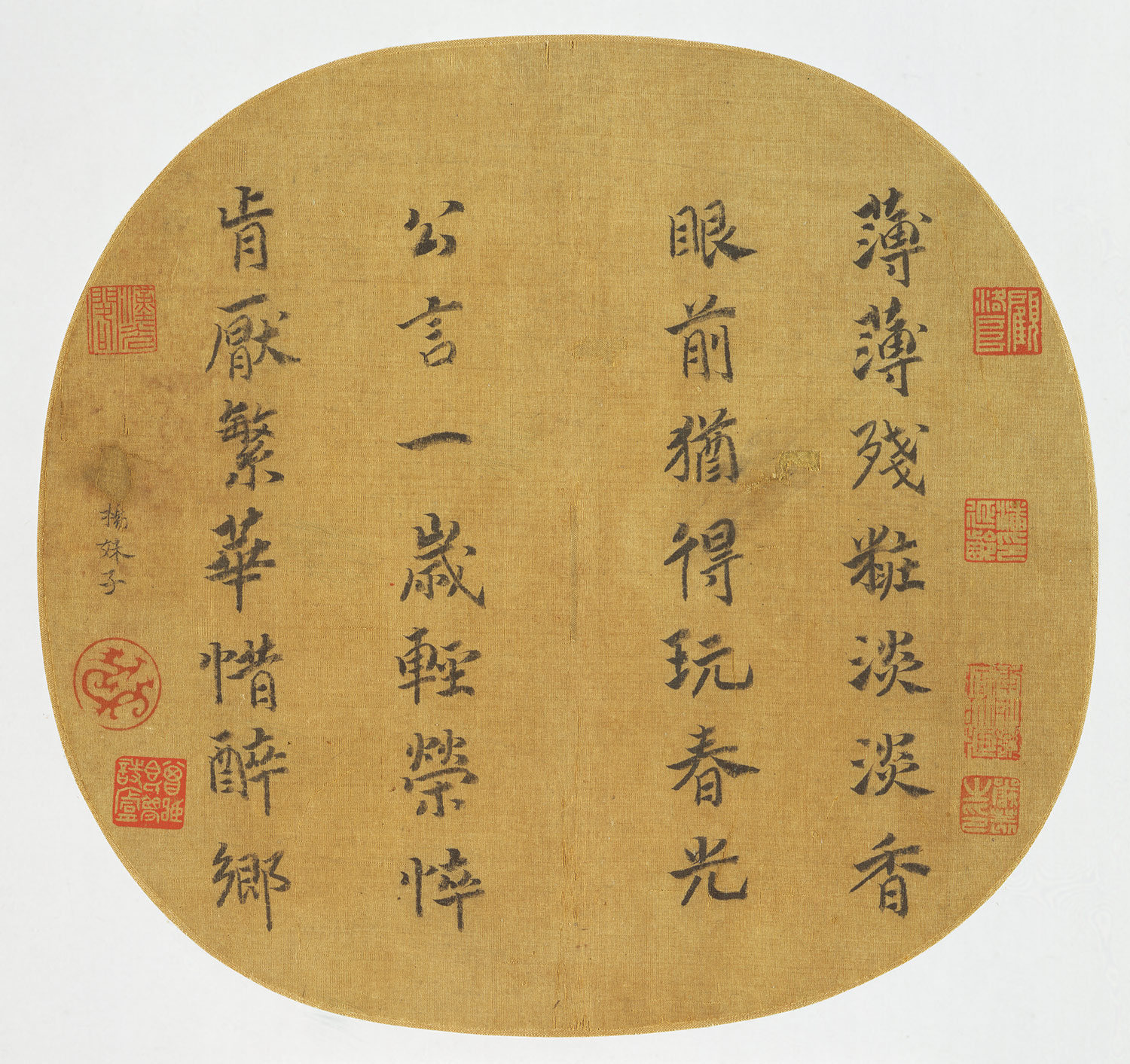
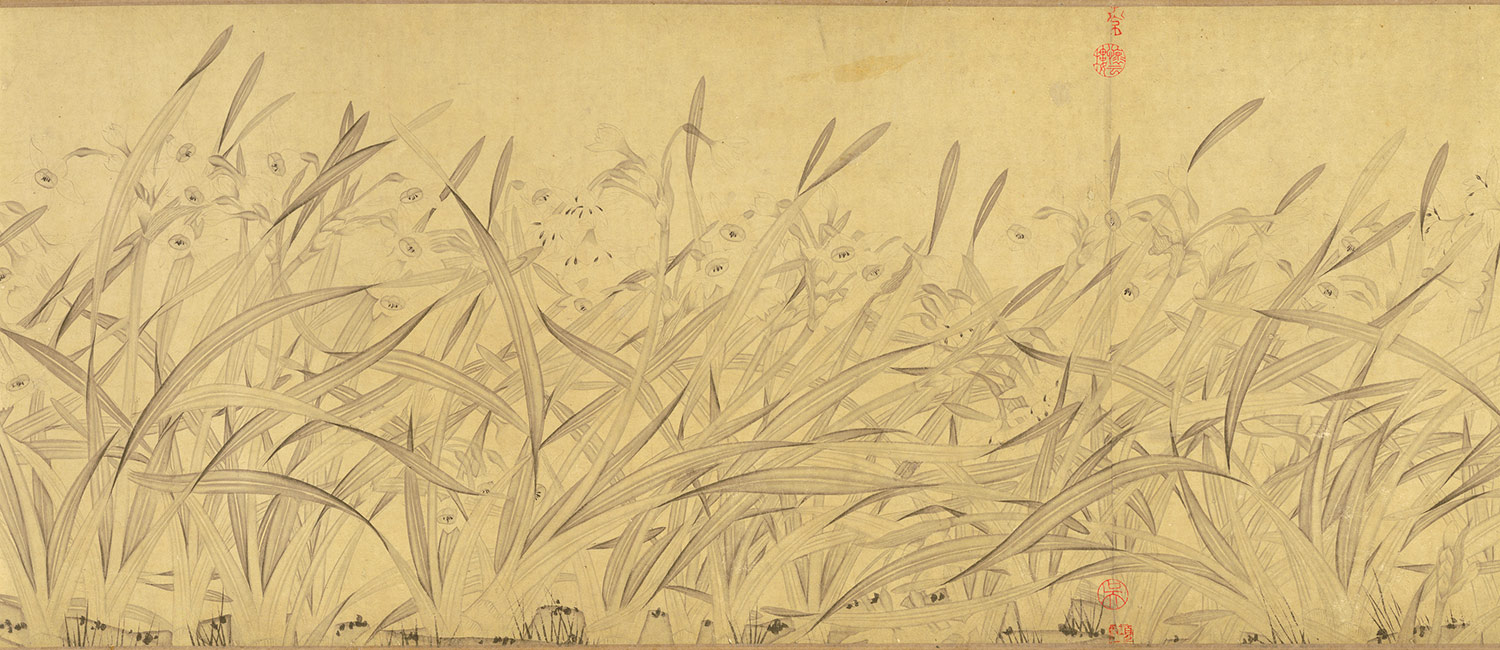

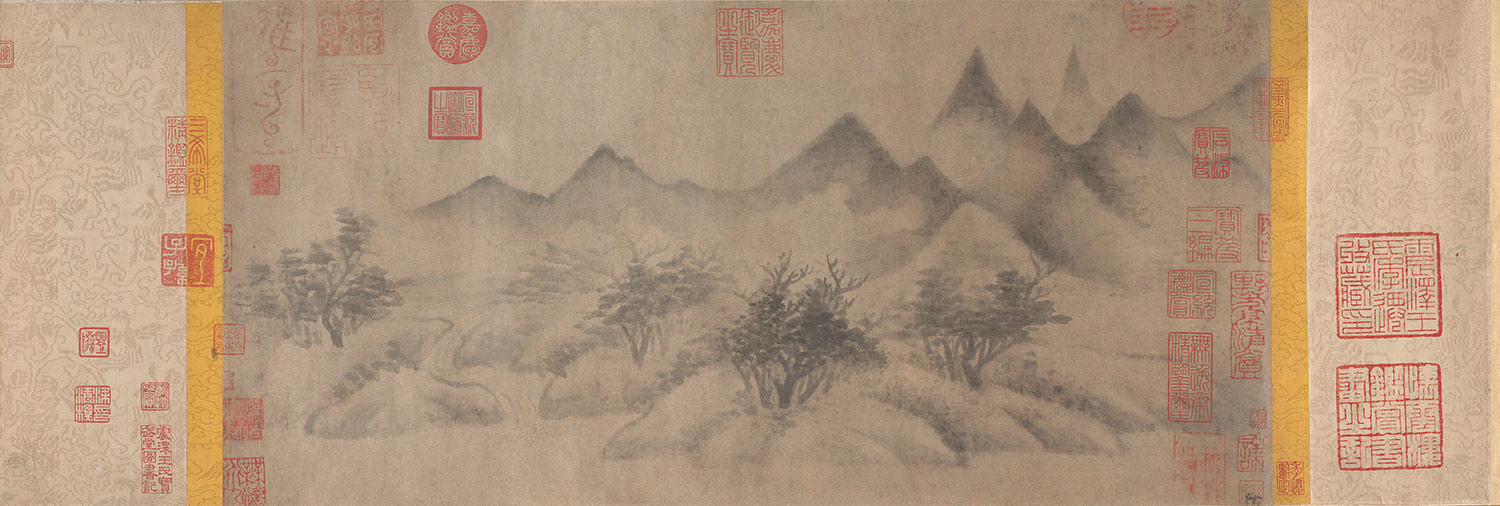


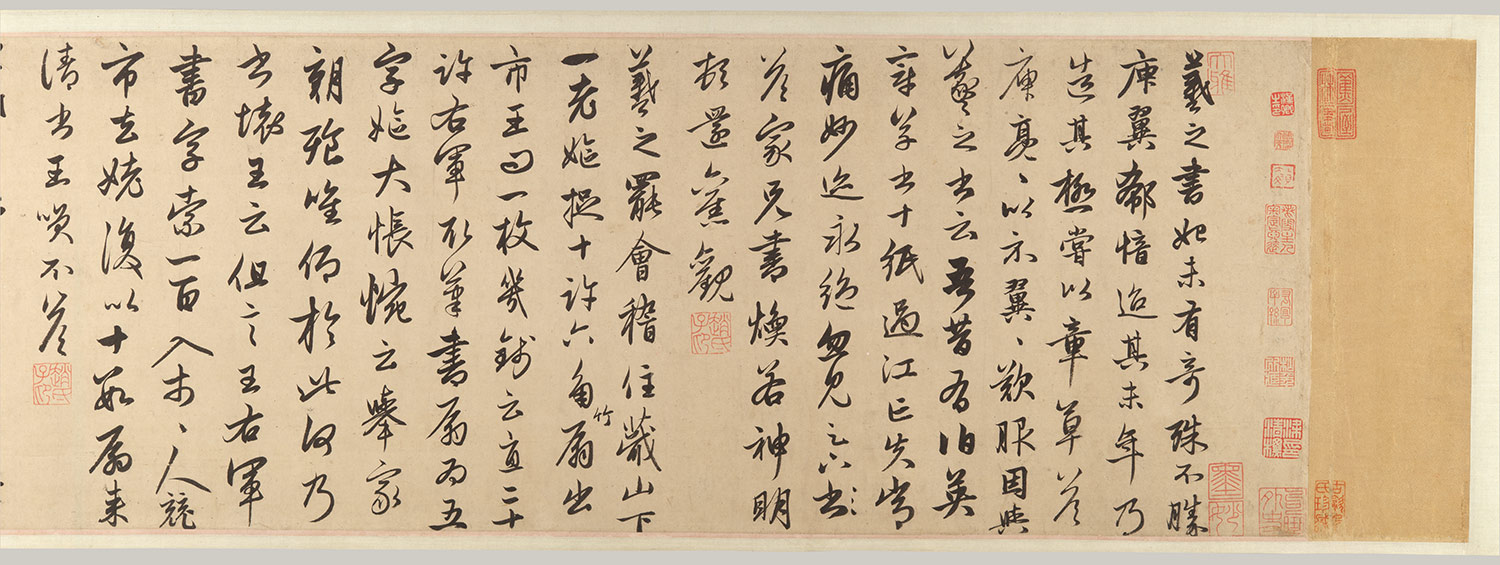

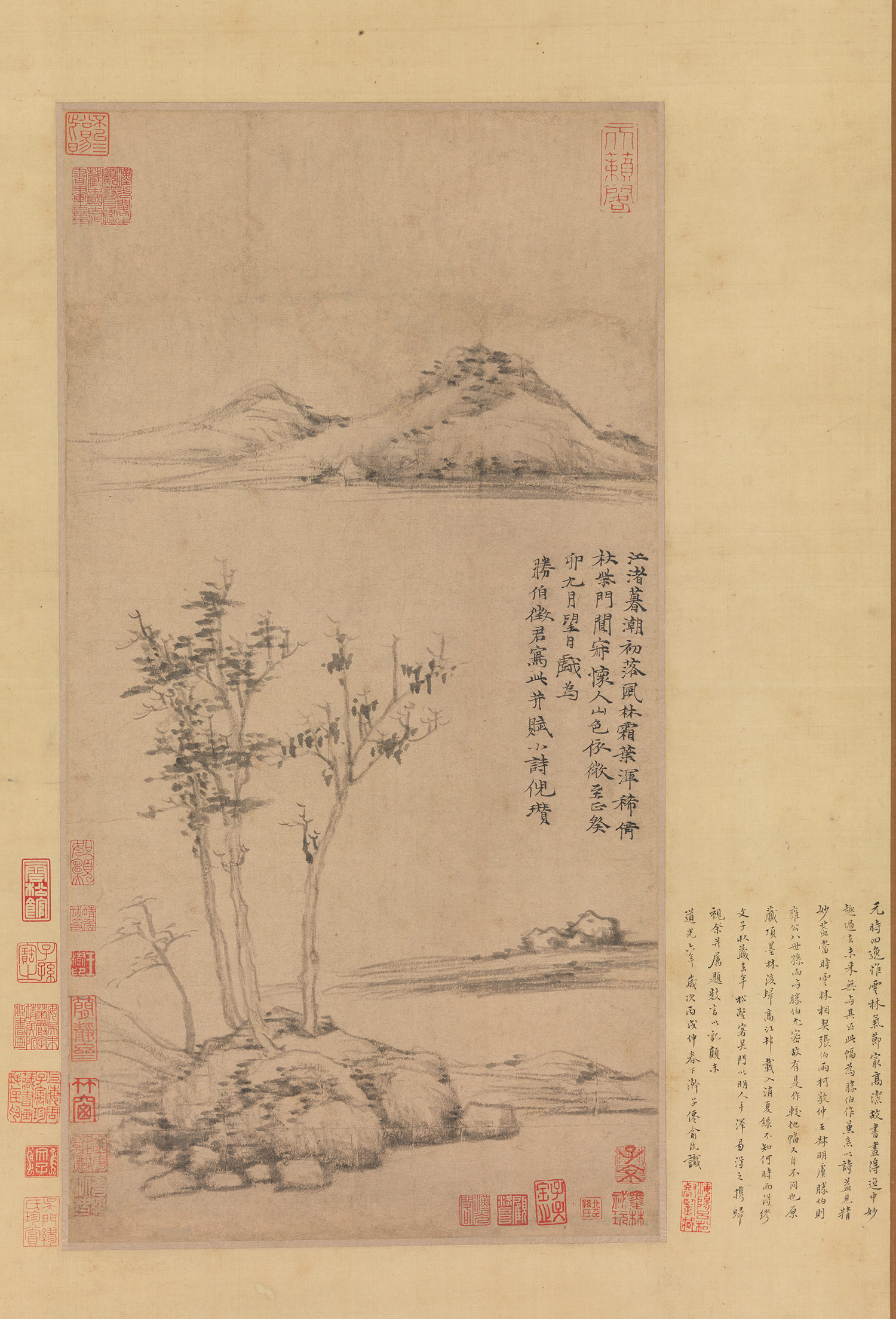
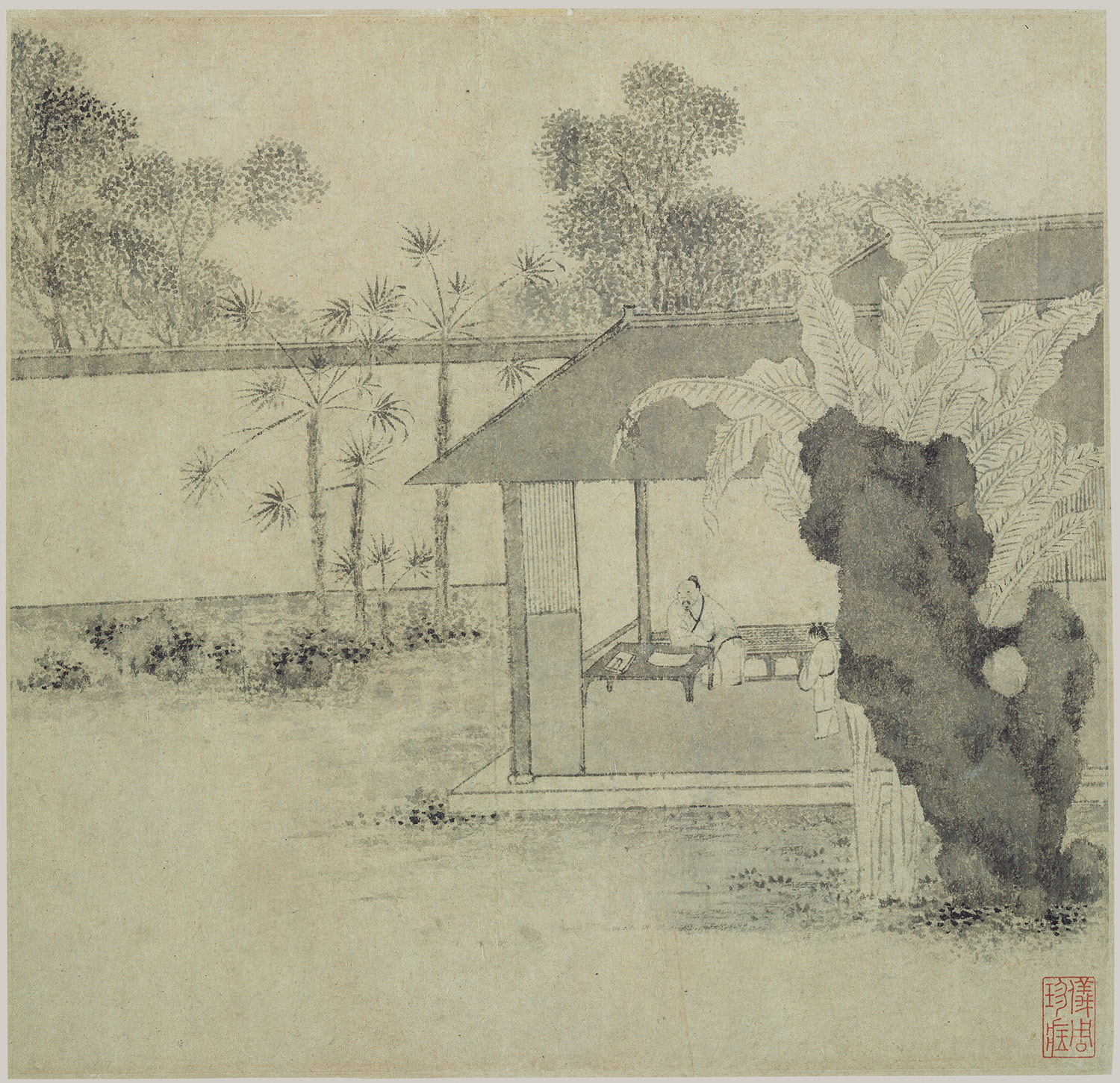
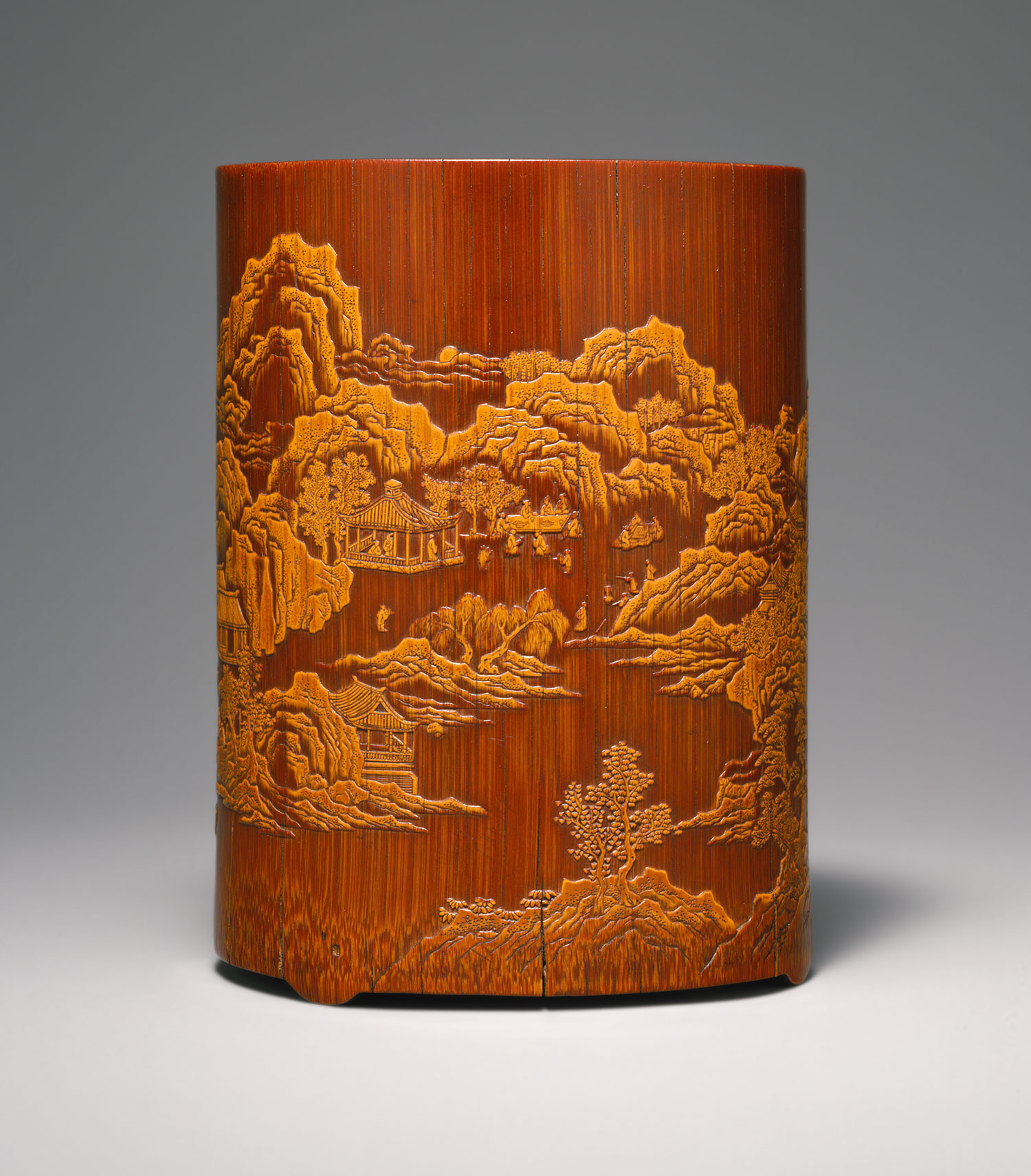

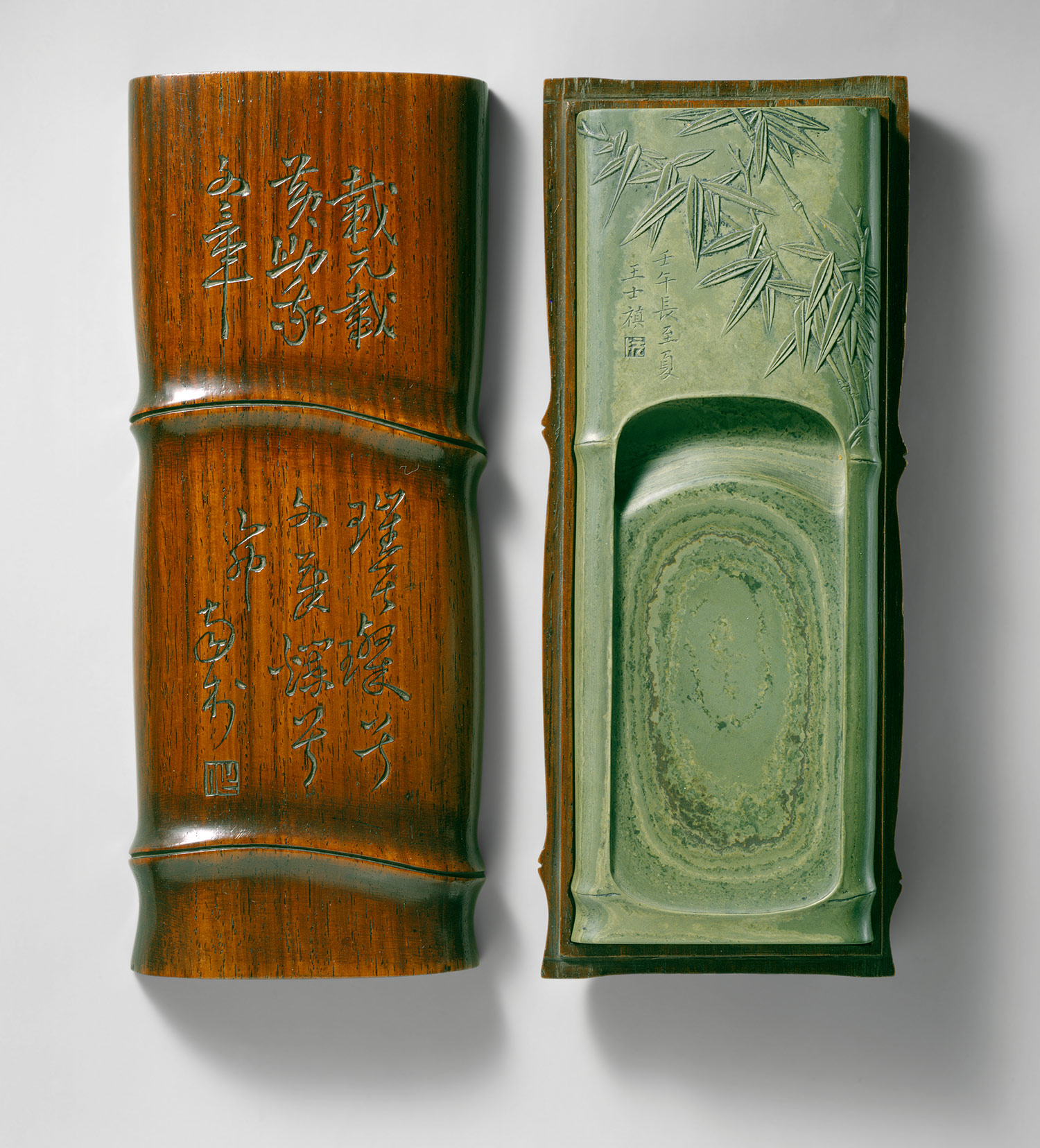
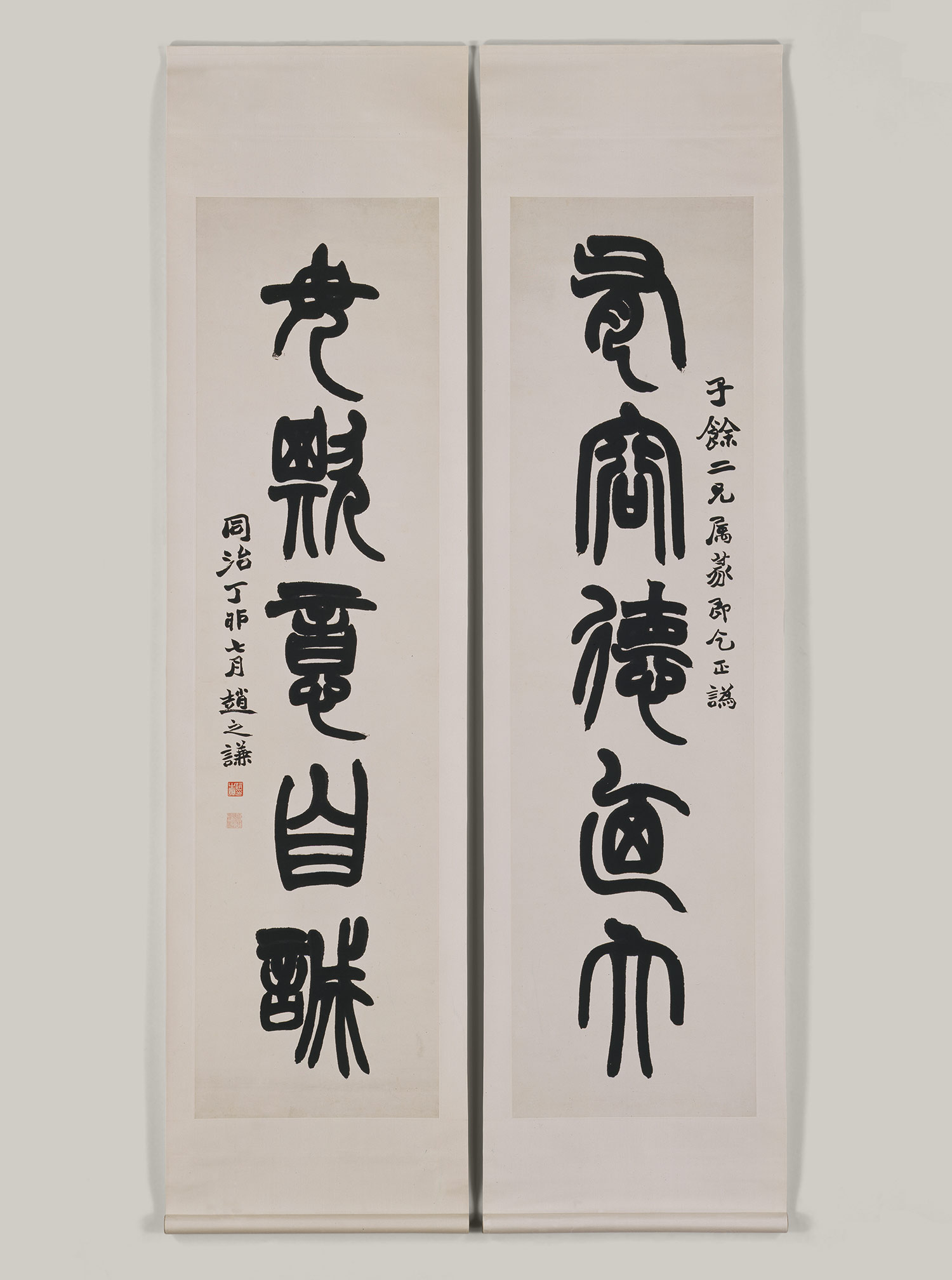
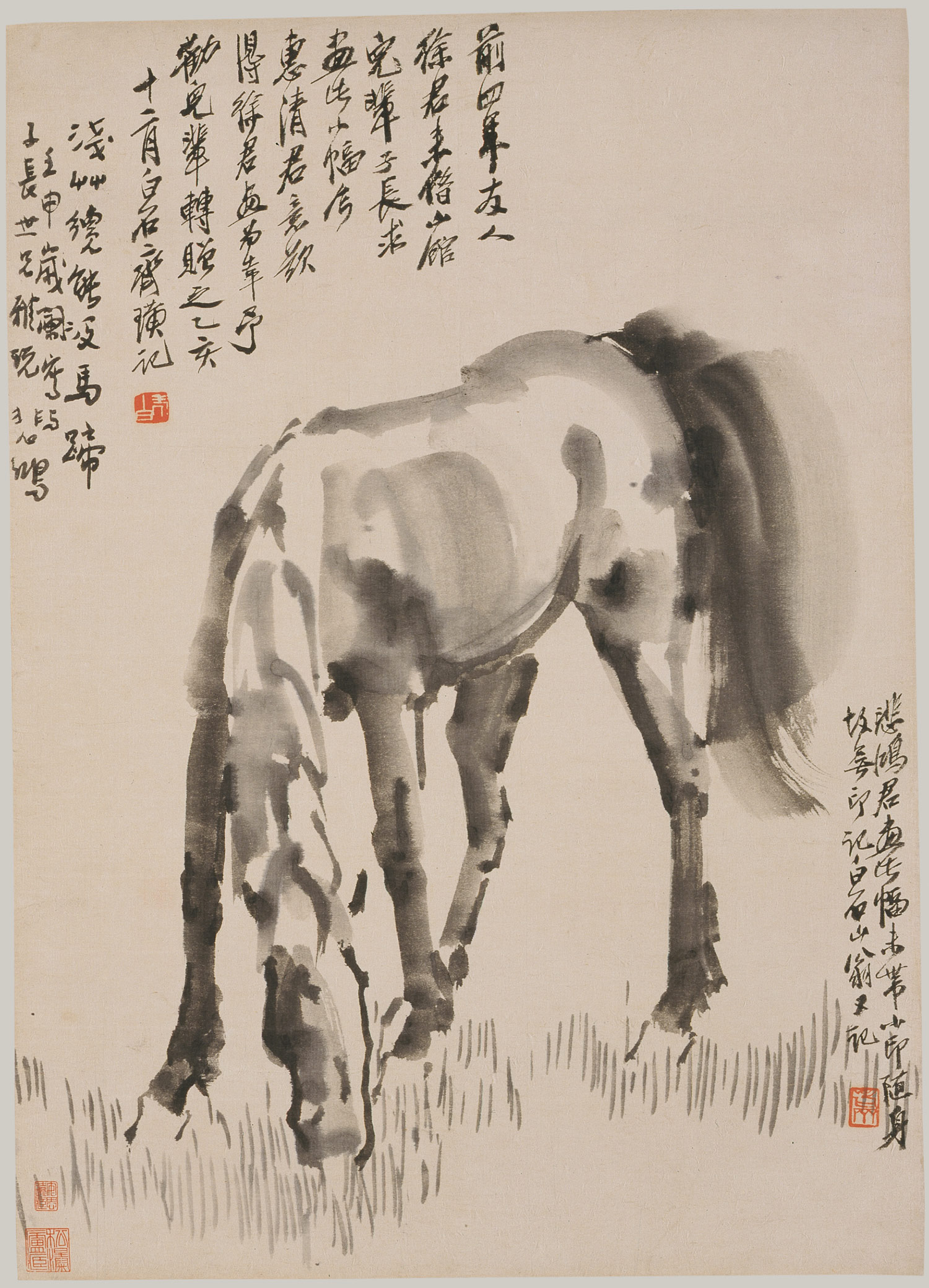
 Timelines (4)
Timelines (4)
No comments:
Post a Comment